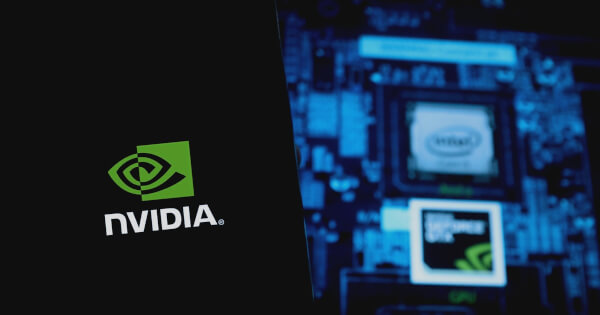Accelerated Computing and AI Revolutionize Scientific Systems
Caroline Bishop Nov 18, 2025 05:48
Accelerated computing and AI have transformed scientific systems, with GPUs leading the charge in efficiency and capabilities, according to NVIDIA's insights.

Accelerated computing has significantly altered the landscape of scientific systems, with NVIDIA GPUs at the forefront of this transformation. According to a report by NVIDIA, the adoption of GPUs, originally designed for gaming, has surged upstream to reshape supercomputing and advance AI capabilities in scientific computing.
The Rise of GPU-Powered Systems
Historically dominated by CPU-based architectures, high-performance computing has experienced a paradigm shift. In 2019, nearly 70% of the TOP100 high-performance computing systems relied solely on CPUs. However, this number has drastically reduced to less than 15% today, with 88 of the TOP100 systems now powered by accelerated computing, primarily driven by NVIDIA GPUs.
This shift is exemplified by the JUPITER supercomputer at Forschungszentrum Jülich, which stands as a hallmark of this new era. JUPITER boasts efficiency levels of 63.3 gigaflops per watt and delivers a remarkable 116 AI exaflops, highlighting the increasing importance of AI in supercomputing.
AI as a Catalyst for Change
The AI revolution, fueled by platforms like NVIDIA CUDA-X, has propelled the capabilities of supercomputers. These systems now offer unprecedented AI computing power, enabling breakthroughs in critical areas such as climate modeling, drug discovery, and quantum simulation. This evolution underscores the integration of AI FLOPS as the new benchmark for scientific advancements.
Jensen Huang, NVIDIA's founder and CEO, foresaw this transformation, predicting the profound impact of AI on the world's most powerful computing systems. The introduction of deep learning has provided a potent tool to tackle some of the world's most challenging scientific problems.
Implications for the Future
The implications of this transformation extend beyond mere technological advancements. The integration of simulation and AI at scale promises to enhance scientific capabilities across various disciplines. Faster and more accurate weather models, breakthroughs in genomics, and simulations of complex systems like fusion reactors are just a few examples of the potential benefits.
The convergence of power efficiency and AI-driven architectures has not only made exascale computing feasible but also practical for AI applications. As the rest of the computing world follows suit, the blend of simulation and AI is set to become a defining feature of future scientific endeavors.
For more information, visit the NVIDIA blog.
Image source: Shutterstock.jpg)